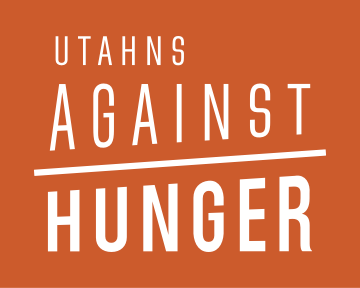What is food insecurity?
The USDA defines food insecurity as “the condition assessed in the food security survey and represented in USDA food security reports—is a household-level economic and social condition of limited or uncertain access to adequate food. Hunger is an individual-level physiological condition that may result from food insecurity.”
More simply defined: “people who experience food insecurity lack the resources (money), to buy enough food.”
Is going hungry really a problem in Utah?
Food insecurity is often a hidden problem, and impacts families and individuals in all communities, regardless of geography. Food insecurity rates in Utah are about on par with the national average: 11.5% of Utahns, more than 350,000 people, experience food insecurity.
Isn't charity enough?
With strong LDS welfare program, it's easy to believe that charity is addressing these problems. Charity work only accounts for approximately 15% of food assistance in Utah. Every religious congregation in the U.S. — Christian or otherwise — would have to raise an additional $714,000 every year for the next 10 years to make up for the proposed 2018 White House budget cuts.
Aren't people just trying to avoid working?
There is a dominant cultural model, rooted in the Protestant work ethic, that you can work your way out of any situation. The solution is “just work harder.”
More than 85% of SNAP families with a working age adult had at least one working adult in the past 12 months.
Additionally, 71% of individuals who receive SNAP are under the age of 17 (53%) people will disabilities (12%) or are seniors (6%).
Isn’t this just a problem in cities?
No, according to data from the USDA 9% of those living in metro areas access SNAP while 10% of residents in rural communities access SNAP and 8% of families in small towns access SNAP.
